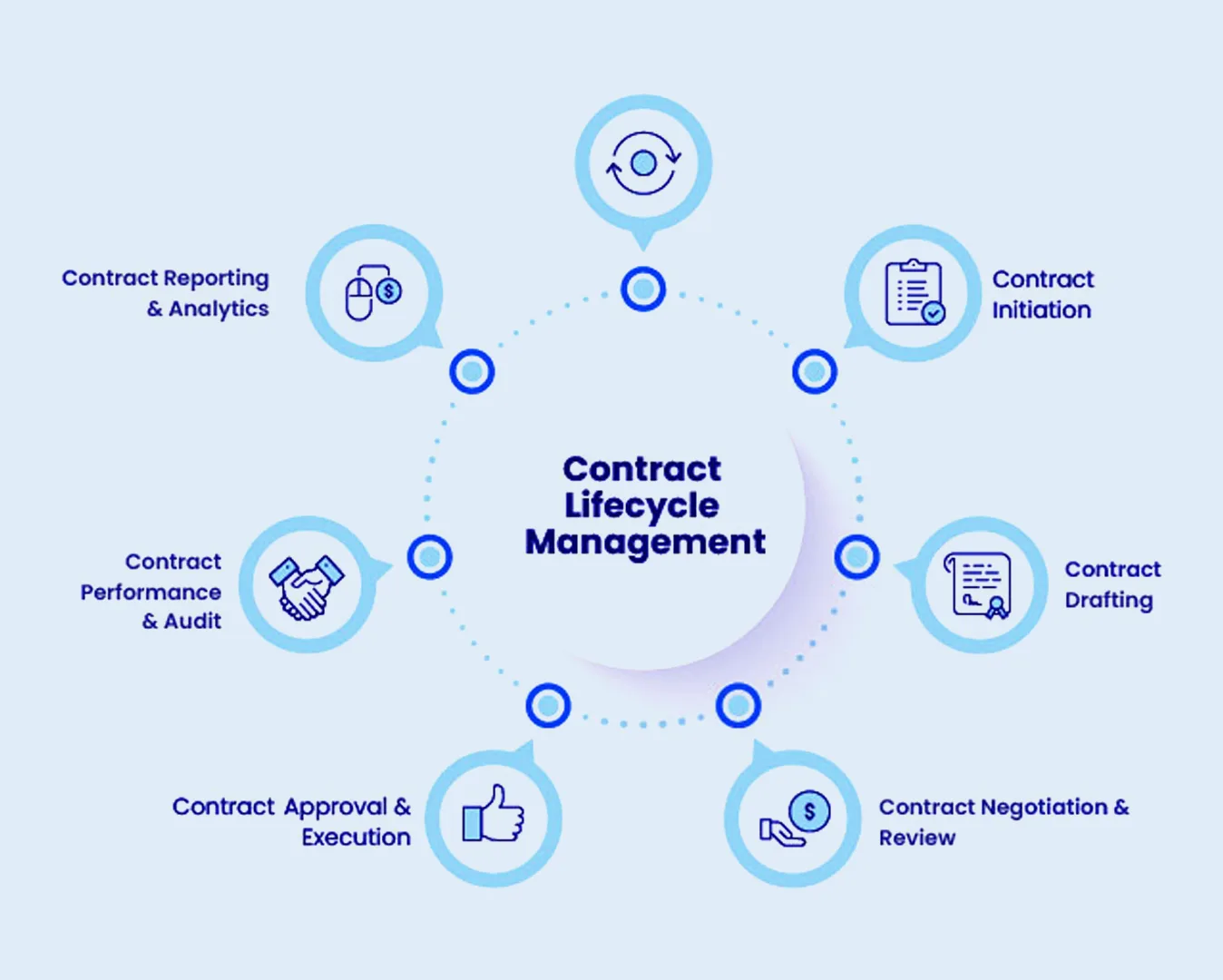
- Resistance to Change: Employees may resist adopting new technologies and processes. Overcoming resistance and ensuring that users are adequately trained to use the CLM system is crucial for successful implementation.
- Data Migration Issues: Transferring existing contract data to the new CLM system can be challenging. Inconsistencies in data formats, structures, and quality may arise, leading to errors during migration.
- Integration with Existing Systems: Integrating the CLM system with other enterprise systems, such as ERP or CRM, can be complex. Ensuring seamless data flow and interoperability is essential for a unified business process.
- Customization Complexity: Organizations often have unique contract management processes. Customizing the CLM system to align with these specific processes can be challenging and may require technical expertise.
- Vendor Selection and Implementation Costs: Choosing the right CLM vendor and managing associated costs can be challenging. Organizations need to carefully evaluate vendors based on their features, scalability, and pricing models to avoid unexpected expenses.
- User Adoption and Training: Lack of proper training and communication can hinder user adoption. Providing comprehensive training programs and ongoing support is essential to ensure that users can effectively navigate and utilize the CLM system.
- Data Security and Compliance: Contract data often contains sensitive information. Ensuring the security of data within the CLM system and compliance with data protection regulations is critical to prevent breaches and legal issues.
- Defining Clear Processes: Organizations must clearly define and standardize their contract management processes before implementing a CLM system. Without well-defined processes, the system may not be effectively utilized, leading to inefficiencies.
- Overlooking Change Management: Implementing a CLM system involves significant organizational change. Failing to manage this change effectively, including communicating the benefits and addressing concerns, can lead to resistance and project failure.
- Scalability and Future Needs: Organizations should consider the scalability of the CLM system to accommodate future growth and changing requirements. A system that cannot scale with the organization’s evolving needs may become outdated quickly.
- User Interface and Experience: If the CLM system has a complex or unintuitive user interface, it may hinder user adoption. Ensuring that the system is user-friendly and aligns with the organization’s workflow is crucial for successful implementation.
Addressing these challenges requires careful planning, collaboration among stakeholders, and a phased approach to implementation. Organizations should prioritize change management, invest in training, and work closely with vendors to ensure a smooth transition to a Contract Lifecycle Management system.




